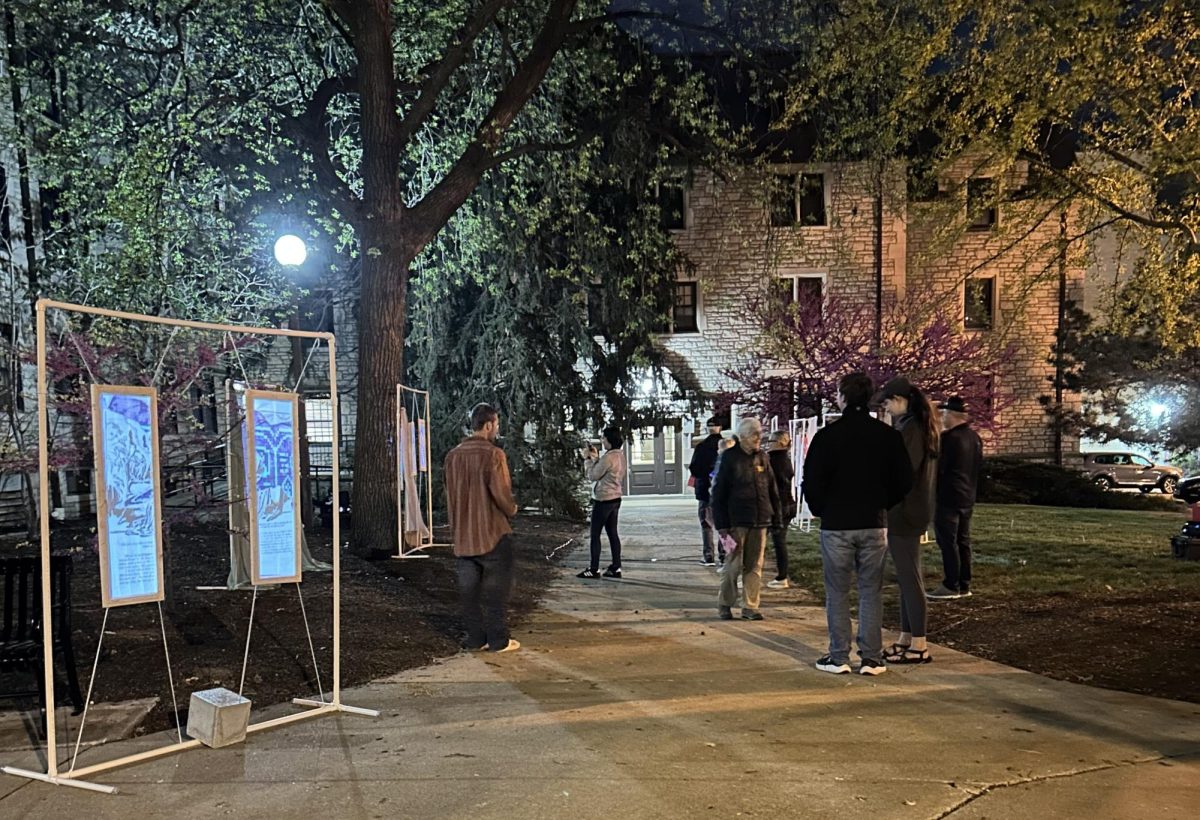A survey conducted in 2003 by the [Bernard Hodges Group](http://files.eric.ed.gov/fulltext/ED499556.pdf) found that 93 percent of professors felt that racially diverse faculty positively impacted minority students, and 84 percent felt the same way about white students.
When Concerned Student 1950 first issued its list of eight demands, it too had a demand asking for MU to raise its black faculty to 10 percent. To meet that demand, MU would have to add 405 black employees or replace 365 non-black employees based on the current number of faculty.
African-Americans make up 13.2 percent of the U.S. population and 11.8 percent of Missouri’s population, but MU’s faculty is only 2.9 percent black, according to [MU’s Institutional Research website](http://ir.missouri.edu/).
Concerned Student 1950 included the targeted hiring demand knowing that racial quotas for hiring were illegal, according to member Maxwell Little. Little said they did it to create a sense of urgency for MU to commit to hiring more faculty of color. While it seems like the demand is to simply hire more black professors for more diversity, hiring more faculty of color will benefit the whole student body, Little said.
“The majority of students are white and they need to have diversity in front of them to expose them to new ideas,” Little said. “So when you have a diverse faculty teaching an all-white class, that faculty member will be able to bring their critical lens into the instruction and be able to facilitate knowledge to get the students to think differently.”
In 2015, MU had 55 black faculty members. In 2014, there were 61 black faculty members at MU, the most in the past 10 years.
Black students would also benefit from having more faculty mentors. Little said that he has been guided by education professor Amalia Dache-Gerbino and has several ideas for research because of her.
“African-American students here need mentors,” Little said. “And if you don’t have a mentor when you’re in college, more than likely, you’re not going to get into graduate school unless you have an outside mentor. Because white faculty don’t have a history of helping students of color.”
Stephanie Shonekan, black studies department chairwoman, echoed Little’s sentiment. Shonekan said that when she was a graduate student at Indiana University, she had a special connection with black faculty members with whom she remains in contact today.
“It is natural for people who share similar experiences to gravitate towards each other,” Shonekan said in an email. “When I was a graduate student at Indiana University, I got the most help and direction from black faculty. It is not that other faculty were not nice to me. They were. But the people who really stepped out on my behalf happened to be black faculty. As a result, I felt closer to them.”
While the benefits of having diverse faculty are clearly outlined, it simply isn’t happening across the country. Only 16 percent of flagship institutions such as MU, the University of Kentucky and University of Georgia have faculty who are more diverse than the student body, according to [The Chronicle of Higher Education](http://chronicle.com/interactives/flagship-diversity).
According to [Inside Higher Ed](https://www.insidehighered.com/news/2015/11/30/student-activists-want-more-black-faculty-members-how-realistic-are-some-their-goals), only 6 percent of faculty from colleges nationwide is black. And out of the 14 schools in the Southeastern Conference, only two schools, the University of Alabama and the University of Mississippi, meet that nationwide average of 6 percent. Most schools across the country had between 2 and 4 percent black faculty.
Black students are underrepresented in many doctoral programs and for those who do get doctorates, it’s even harder to get them to stay in academia, according to the Inside Higher Ed article.
But Shonekan disagreed with the article. She thinks that the university simply needs to look harder for them.
“I think there are lots of African-Americans who hold doctorates,” Shonekan said. “Immigrants from Africa and the diaspora can add to this number. So they are out there. We just have to find ways of attracting them and retaining them.”
Little also disagreed with the article, calling its argument about black students in doctoral programs “a myth.”
“That is a strategic tool that whites use to mix-and-match their stylistic tools of racism when they say that,” Little said. “‘Well, we do need faculty of color, but not enough have PhDs.’ These are myths and storylines of colorblind racism that they use to get the public to believe that there aren’t enough faculty of color out there with PhDs.”
In a presentation elaborating on their demands, Concerned Student 1950 wrote that a plan for implementing targeted hiring must be in place by August 2016. This would mean that MU has to triple the number of black faculty in the next two years. Shonekan thinks this is possible.
“Why not?” Shonekan said. “There are some departments that don’t have a single black faculty, yet they have a diverse student body. If we truly want to increase black faculty presence, we must find ways to attract them and keep them.”
This is where the Working Group, a program for student leaders to meet with administrators and give input, comes in. Little said one of the hopes for the program is to find ways to attract and keep prospective professors in Columbia.
However, to achieve this, Columbia will have to change, Little said.
“We have to understand that this is mid-Missouri,” Little said. “This is ‘Little Dixie.’ So the first thing we have to do is eradicate that stigma of being ‘Little Dixie.’ That’s where you start at.”
_Edited by Taylor Blatchford | [email protected]_













